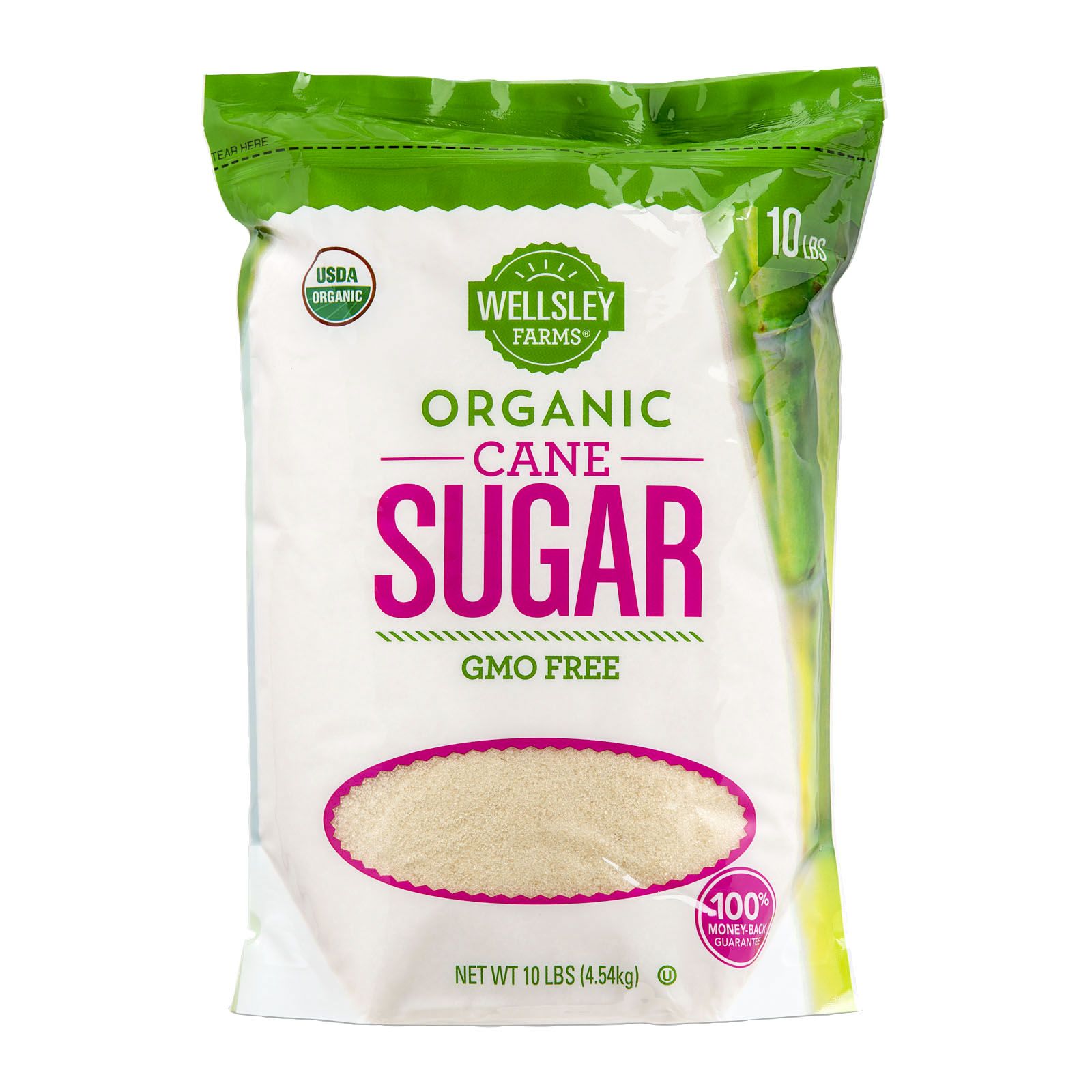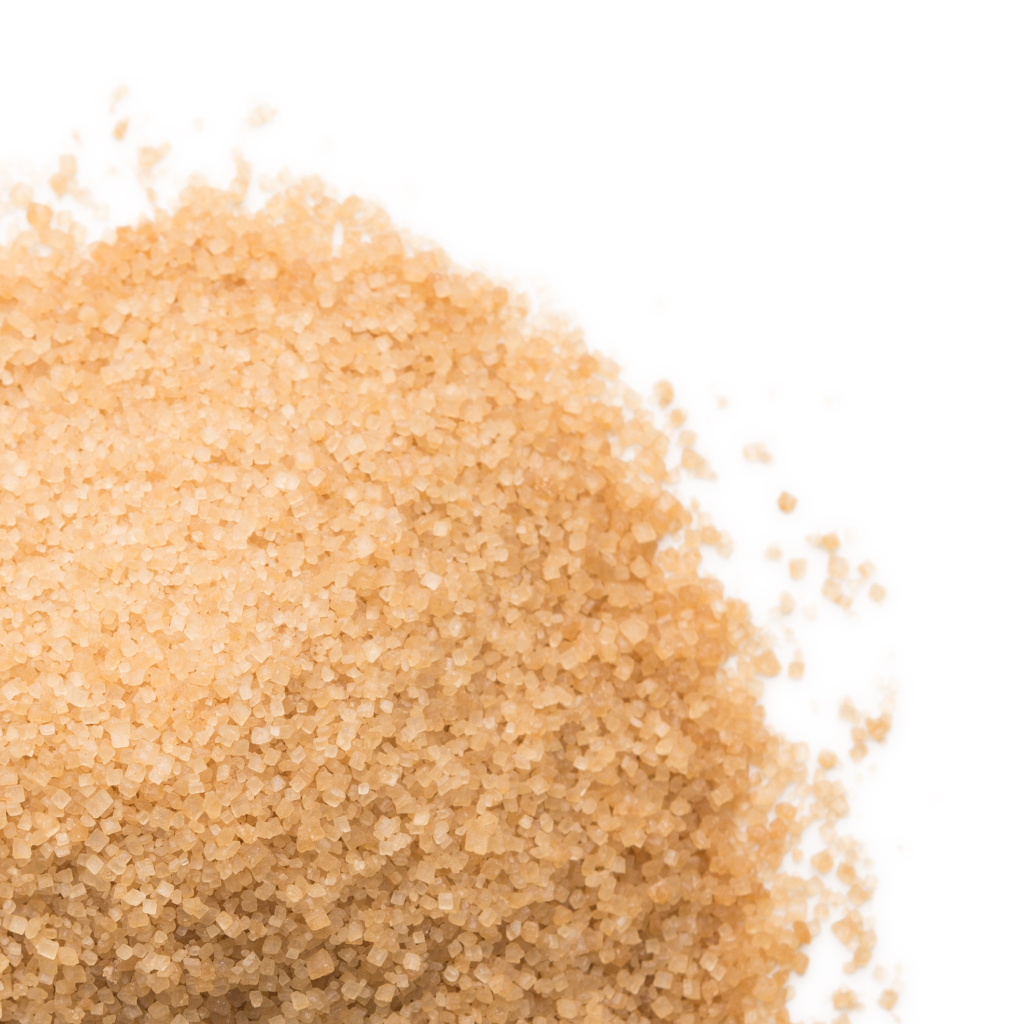Understanding the Important Techniques and Technologies Used in Modern Walking Stick Sugar Handling
The evolution of walking cane sugar processing has actually been substantially shaped by the assimilation of innovative methods and modern technologies that address both efficiency and sustainability. Enzyme-assisted extraction and advanced refining techniques have actually transformed yield optimization, while automation promotes operational dependability. Additionally, the emphasis on lasting techniques shows a growing understanding of environmental influence. As we discover these important advancements, it becomes important to analyze exactly how they not just improve manufacturing yet likewise align with wider market trends and customer needs, raising concerns concerning the future of sugar processing and its ramifications for global markets.
Historical Context of Cane Sugar Processing
The historic context of walking cane sugar processing reveals a rich tapestry of agricultural advancement and cultural exchange that has formed its advancement over centuries. Coming From in Southeast Asia, sugarcane was cultivated as early as 8000 BCE - Cane Sugar Processing. The process of drawing out and refining sugar acquired momentum in India, where methods for condensation were improved around the 6th century. This knowledge went across to the Center East, and by the 12th century, sugar ended up being a valued commodity in Europe, resulting in the facility of sugar ranches in the Mediterranean.

Advanced Extraction Strategies
Effectiveness in walking cane sugar removal has seen significant developments, driven by the demand for higher yields and reduced manufacturing prices. Standard approaches have actually developed, providing way to innovative technologies that improve the efficiency of the extraction process. One noteworthy innovation is the use of enzyme-assisted removal, where certain enzymes damage down cell walls and release even more sucrose from the cane fibers. This strategy not only raises sugar return but also decreases the energy needed for handling.
In addition, the adoption of membrane filtering innovations, such as nanofiltration and turn around osmosis, has revolutionized the splitting up of sugar from contaminations. These approaches enable the careful permeation of sugar particles while maintaining bigger contaminants, simplifying the extraction process and lessening waste.
Furthermore, the assimilation of constant removal systems has led to enhanced operational efficiency. Cane Sugar Processing. These systems keep a continuous circulation of walking stick product, ensuring ideal extraction conditions and reducing downtime connected with set processing
Innovative Refining Technologies
Refining methods in cane sugar processing have gone through a transformative change, driven by the need for greater purity and enhanced item top quality. One of one of the most notable technologies is the adoption of membrane layer purification technologies, such as ultrafiltration and nanofiltration. These procedures effectively remove pollutants and colorants without the requirement for extensive chemical therapies, consequently protecting the sugar's natural taste and improving its allure.
Another significant improvement is making use of ion exchange resins, which enable for selective removal of unwanted ions from sugar remedies. This modern technology not only enhances the general pureness of the last product yet likewise contributes to reduced waste and ecological impact.
In addition, innovations in adsorption techniques, utilizing turned on carbon and various other innovative materials, have actually proven effective in decolorizing sugar remedies while keeping optimal quality. The combination of these cutting-edge refining innovations makes sure that suppliers can create refined sugar with premium quality and taste, meeting the progressing choices of customers.
Automation and Control Equipment
Current improvements in read refining technologies have led the way for significant improvements in automation and control systems within walking stick sugar handling facilities. These systems make use of sophisticated software application and equipment to improve functional effectiveness, decrease human mistake, and guarantee regular product quality.
Modern automation integrates different components, including sensors, actuators, and programmable logic controllers (PLCs), enabling real-time tracking and control of essential processes. For circumstances, circulation, pressure, and temperature rates can be specifically controlled throughout extraction, explanation, and crystallization phases, enhancing efficiency and reducing waste.
Additionally, advanced information analytics and artificial intelligence algorithms play a critical function in anticipating upkeep, permitting operators to anticipate equipment failures prior to they happen. This proactive strategy not only lowers downtime but likewise prolongs the life-span of equipment.
Furthermore, automation promotes the application of Sector 4.0 principles, equipping sugar mills to attain better connection and data exchange throughout processes. Therefore, decision-making ends up being more informed and active, ultimately enhancing the total competitiveness of walking stick sugar manufacturing. With these advancements, the market is well-positioned to satisfy growing global needs while maintaining functional excellence.
Sustainability Practices in Sugar Production
Sustainability practices in sugar production have actually become increasingly essential as the industry looks for to balance economic stability with ecological obligation. As consumer awareness grows regarding the environmental effects of agricultural methods, sugar manufacturers are embracing cutting-edge methods to lower their ecological impact.
One significant strategy is the execution of accuracy agriculture techniques, which make use of information analytics to optimize source usage, such as water and plant foods. This minimizes waste and reduces the effect on regional communities. Furthermore, many manufacturers are transitioning to renewable power sources, such as biomass from sugarcane by-products, visit homepage to power their operations, therefore reducing reliance on fossil fuels.
Water monitoring practices are also important; rain harvesting and efficient watering systems aid minimize water deficiency problems. Cane Sugar Processing. In addition, integrated bug administration strategies lower chemical use, advertising biodiversity and dirt health
Corporate social duty efforts are arising, with firms buying regional areas and making certain reasonable labor practices. By accepting these sustainability practices, the sugar industry not only improves its online reputation yet additionally contributes to a much more lasting agricultural landscape, leading the way for future generations.

Conclusion
In summary, modern-day cane sugar processing incorporates a series of advanced techniques and innovations that dramatically enhance efficiency, sustainability, and return. The adoption of cutting-edge removal and refining approaches, alongside automation and control systems, helps with improved functional efficiency and product top quality. Furthermore, the emphasis on sustainable methods underscores a commitment to reducing environmental impact and promoting ethical manufacturing. Collectively, these developments place the walking cane sugar industry to satisfy modern demands while addressing essential international obstacles.
The advancement of walking cane sugar handling has been considerably shaped by the combination of sophisticated strategies and modern technologies that resolve both efficiency and sustainability.The historic context of walking cane sugar handling discloses an abundant tapestry of farming development and social exchange that has actually formed its advancement over centuries. Technologies in milling and refining arised, laying the foundation for modern cane sugar handling.Refining strategies in walking cane sugar processing have actually undertaken a transformative shift, driven by the demand for higher pureness and improved product quality.In summary, contemporary walking cane sugar handling incorporates a range of Click Here sophisticated methods and innovations that substantially enhance return, performance, and sustainability.